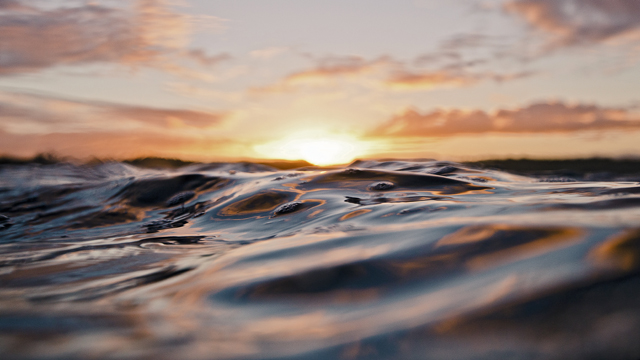Tratamiento de aguas oleosas
Oily waste on board comprises not only waste oil from fuel and lube processes, but also bilge water, which is usually further contaminated by chemicals and particles. Separation of the water, oil and solids is needed to protect the environment – but can also reclaim fuel losses.
Drying up oily waste streams
The majority of oily waste is water. There is the oil-contaminated bilge water, which must be cleaned to MEPC.107(49) limits before it can be discharged into the environment. But the waste oil from separators and filters is almost 50% water as well. Centrifugal separation is the only way to deal effectively with all of this oily waste. Using the unique Alfa Laval PureDry, every drop of liquid can be removed from the waste oil. The separated water is clean enough to be handled with the bilge water, which is cleaned with Alfa Laval PureBilge down to an oil content of less than 5 ppm.
Saving fuel and money
Water isn’t the only thing PureDry can extract from waste oil. When separate tanks are used for fuel and lube oil waste, it can recover quality fuel for reuse – typically as much as 1-2% of the original volume consumed. This is as valuable as it is revolutionary. Money is also saved by the 99% reduction in waste oil volume. With the water and oil removed, only super-dry solids are left. This allows smaller waste oil tanks to be used, which saves both space and installation cost.

